David Geissbühler
Synthetic Face Datasets Generation via Latent Space Exploration from Brownian Identity Diffusion
Apr 30, 2024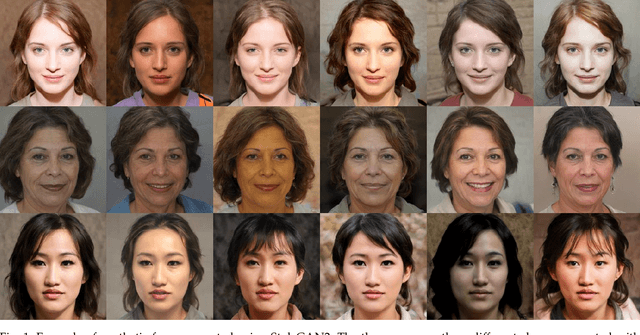
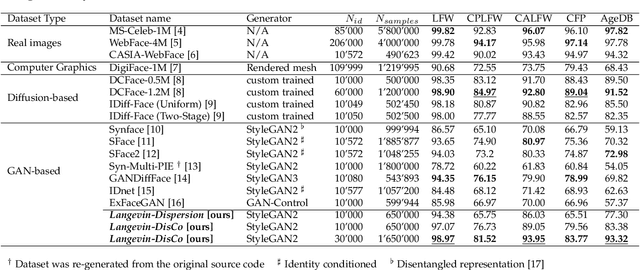
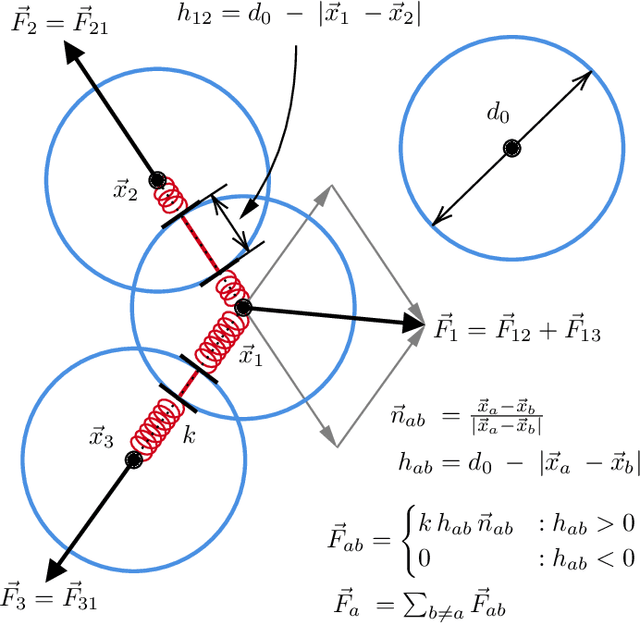

Abstract:Face Recognition (FR) models are trained on large-scale datasets, which have privacy and ethical concerns. Lately, the use of synthetic data to complement or replace genuine data for the training of FR models has been proposed. While promising results have been obtained, it still remains unclear if generative models can yield diverse enough data for such tasks. In this work, we introduce a new method, inspired by the physical motion of soft particles subjected to stochastic Brownian forces, allowing us to sample identities distributions in a latent space under various constraints. With this in hands, we generate several face datasets and benchmark them by training FR models, showing that data generated with our method exceeds the performance of previously GAN-based datasets and achieves competitive performance with state-of-the-art diffusion-based synthetic datasets. We also show that this method can be used to mitigate leakage from the generator's training set and explore the ability of generative models to generate data beyond it.
\textit{sweet} -- An Open Source Modular Platform for Contactless Hand Vascular Biometric Experiments
Apr 14, 2024



Abstract:Current finger-vein or palm-vein recognition systems usually require direct contact of the subject with the apparatus. This can be problematic in environments where hygiene is of primary importance. In this work we present a contactless vascular biometrics sensor platform named \sweet which can be used for hand vascular biometrics studies (wrist-, palm- and finger-vein) and surface features such as palmprint. It supports several acquisition modalities such as multi-spectral Near-Infrared (NIR), RGB-color, Stereo Vision (SV) and Photometric Stereo (PS). Using this platform we collect a dataset consisting of the fingers, palm and wrist vascular data of 120 subjects and develop a powerful 3D pipeline for the pre-processing of this data. We then present biometric experimental results, focusing on Finger-Vein Recognition (FVR). Finally, we discuss fusion of multiple modalities, such palm-vein combined with palm-print biometrics. The acquisition software, parts of the hardware design, the new FV dataset, as well as source-code for our experiments are publicly available for research purposes.
Multispectral Biometrics System Framework: Application to Presentation Attack Detection
Jun 12, 2020

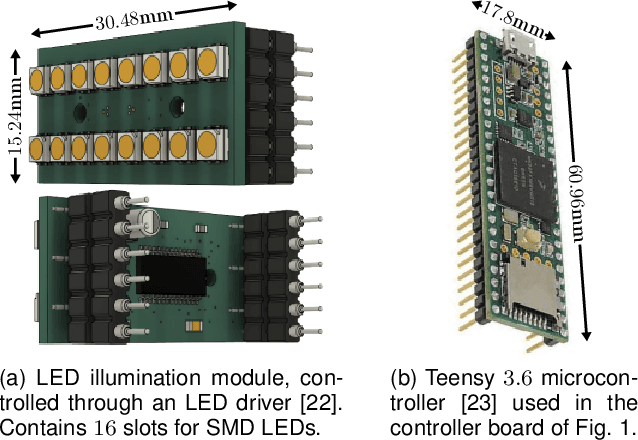
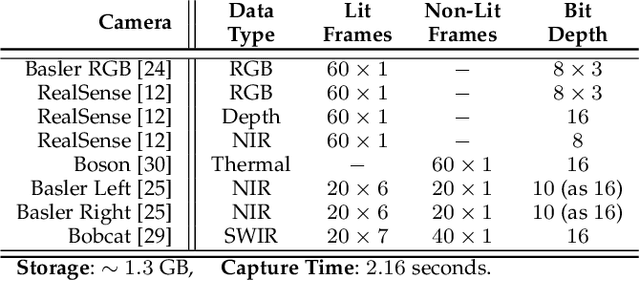
Abstract:In this work, we present a general framework for building a biometrics system capable of capturing multispectral data from a series of sensors synchronized with active illumination sources. The framework unifies the system design for different biometric modalities and its realization on face, finger and iris data is described in detail. To the best of our knowledge, the presented design is the first to employ such a diverse set of electromagnetic spectrum bands, ranging from visible to long-wave-infrared wavelengths, and is capable of acquiring large volumes of data in seconds. Having performed a series of data collections, we run a comprehensive analysis on the captured data using a deep-learning classifier for presentation attack detection. Our study follows a data-centric approach attempting to highlight the strengths and weaknesses of each spectral band at distinguishing live from fake samples.
 Add to Chrome
Add to Chrome Add to Firefox
Add to Firefox Add to Edge
Add to Edge